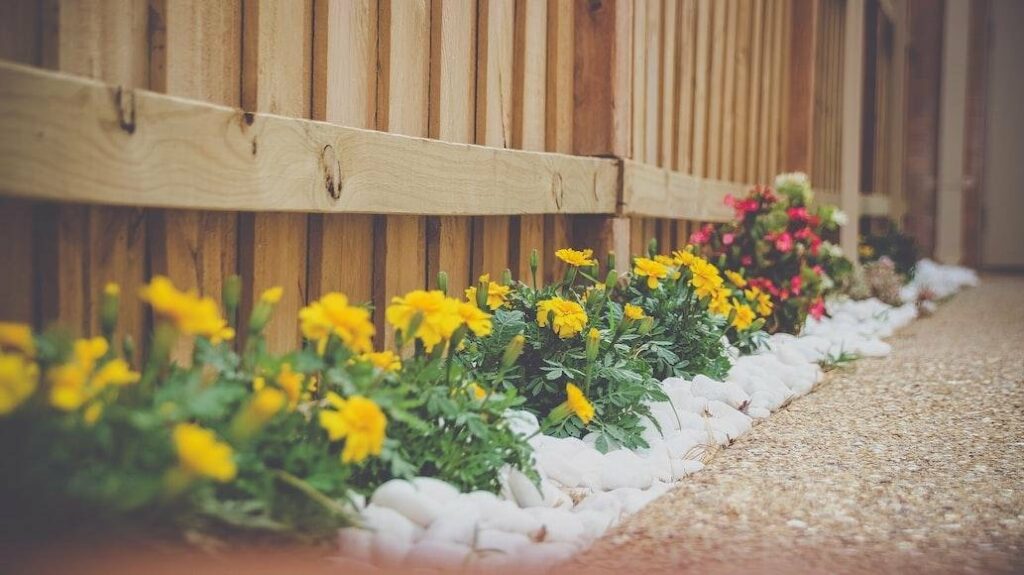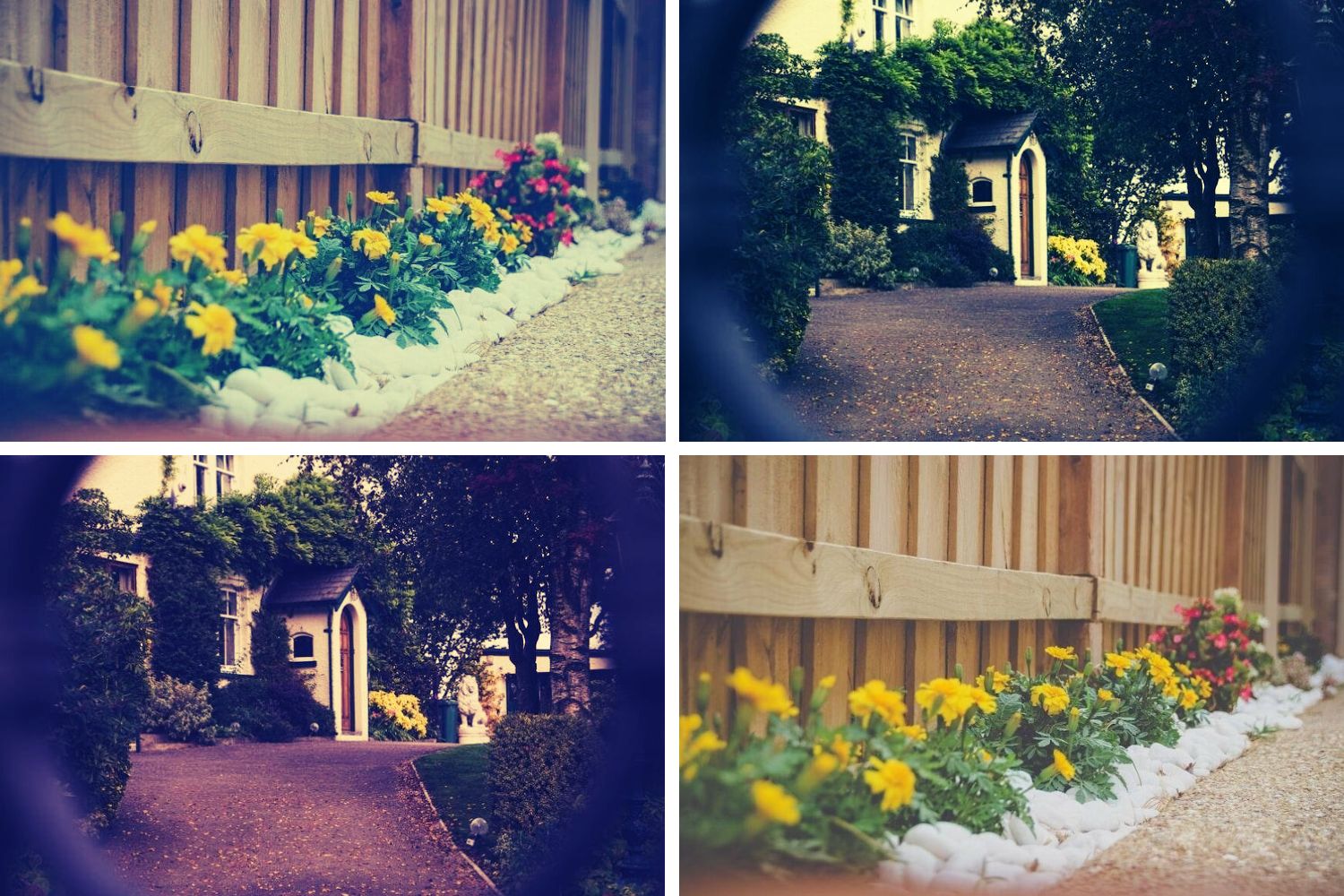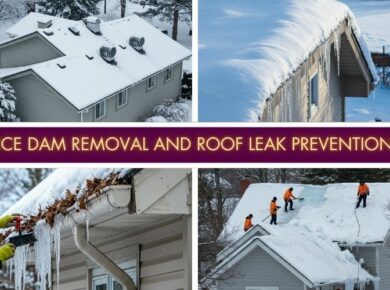The exterior of your home is the first thing that visitors and passersby will notice, so it’s important to make a good first impression. One of the most effective ways to enhance your home’s exterior is by improving your landscaping.
Well-designed landscaping can add value to your home, improve your curb appeal, and create a more inviting outdoor space. In this comprehensive guide, we’ll provide you with valuable tips and tricks to help you transform and elevate the landscaping of your home.
Evaluate Your Current Landscaping

The first step in improving your landscaping is to evaluate your current setup. Take a thorough walk around your property, paying attention to the existing features, plants, and overall layout. Make notes about what you like and don’t like, identifying areas that need improvement and areas that have potential. This evaluation will serve as a starting point for planning your landscaping changes.
Consider the overall health and condition of your plants, the functionality of your outdoor space, and the visual appeal of your landscaping elements. Assess any issues such as overgrown shrubs, lack of balance or symmetry, or outdated design choices.
Plan Your Landscape Design
Once you have evaluated your current landscaping, it’s time to start planning your new design. Begin by considering the style of your home and the surrounding environment. Do you prefer a traditional, formal look, or something more natural and relaxed? Take into account the climate and the amount of sunlight your yard receives when selecting plants and trees.
Sketch out your ideal layout, incorporating various elements such as garden beds, pathways, focal points, and outdoor living areas. You can visit https://eastcoastlandscapeservices.com/sod-installation/ if you are thinking about transforming your landscape with lush, vibrant sod and creating a stunning outdoor environment for your home. Consider the flow and functionality of your outdoor space, ensuring that it meets your needs and preferences. A well-thought-out landscape design will create a harmonious and visually pleasing environment.
Add Hardscaping Elements
In addition to plants and trees, consider incorporating hardscaping elements into your landscaping. Hardscaping refers to the use of non-plant materials, such as rocks, bricks, and pavers, to create visual interest and structure in your outdoor space. These elements can be used to define pathways, create retaining walls, construct raised flower beds, or establish outdoor seating areas.
Carefully choose materials that complement your home’s architecture and the overall theme of your landscape design. Hardscaping not only adds functionality but also enhances the aesthetic appeal of your outdoor space, creating a cohesive and inviting atmosphere.
Incorporate Lighting
Outdoor lighting plays a crucial role in improving the ambiance and functionality of your landscaping. It creates a welcoming atmosphere, highlights key features, and improves safety and security. When designing your outdoor lighting scheme, consider different types of lighting such as pathway lights, uplights for trees and architectural features, and ambient lighting for outdoor living areas.
Strategically placed lights can enhance the beauty of your landscape during the evening hours, allowing you to enjoy your outdoor space even after the sun goes down. Consider using energy-efficient LED lights to minimize energy consumption and extend the lifespan of your bulbs.
Use Plants Strategically

Plants are the backbone of any landscape design, providing color, texture, and life to your outdoor space. When selecting plants, consider their size, shape, color, and maintenance requirements. Place taller plants at the back of your garden beds and use smaller plants in the front to create depth and visual interest. Mix and match plants with varying colors and textures to create dynamic and eye-catching compositions.
Incorporate a variety of evergreen and seasonal plants to ensure year-round interest in your landscape. Consider native plants that are well-suited to your climate and require less maintenance. Additionally, pay attention to the proper spacing and planting techniques to allow your plants to grow and flourish.
Maintain Your Landscaping
Maintaining your landscaping is crucial to preserving its beauty and health. Regular maintenance tasks are essential for ensuring that your landscape continues to thrive and remain vibrant. Watering is vital to provide plants with the necessary hydration while fertilizing supplies them with essential nutrients for growth and vitality.
Pruning helps maintain the shape and size of plants, promotes new growth, and removes any dead or diseased branches. Weeding is important to prevent unwanted plants from competing with your desired ones for resources. By staying on top of these maintenance tasks, you can ensure that your landscaping always looks its best and provides a stunning outdoor environment for your home.
Conclusion
Landscaping is a dynamic process that requires ongoing care and attention. Regular maintenance, along with periodic updates and adjustments, will help your landscaping thrive and continue to impress. So roll up your sleeves, get creative, and enjoy the process of enhancing the beauty and value of your home through landscaping.






